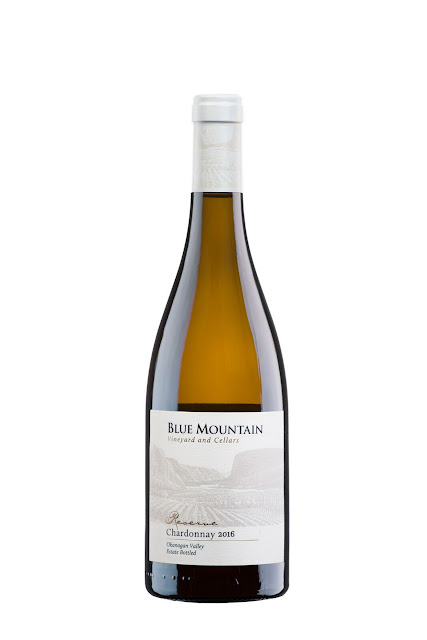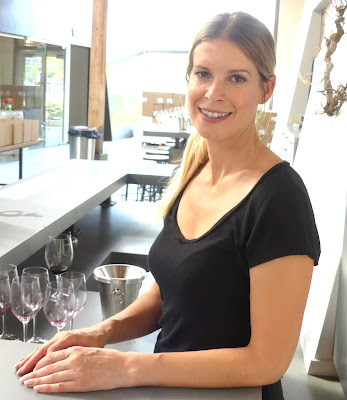Photo: Winemaker Daniel Bontorin
The current releases from Bottega Wine Studio reflect how
methodically winemaker Daniel Bontorin and partner Kristine Witkowski are
moving to achieve the goal of a winery of their own.
Daniel initially set out to carve a niche for himself by
making only rosé for Seven Directions, a label owned by his partner. “We
started out as a virtual winery with no brick and mortar building,” he says.
“We considered doing other reds and whites under the Seven Directions brand.
But we were known for being the only rosé specialist in Canada, and we wanted
to keep it that way. From day one we talked about making single vineyard rosés
exclusively. Rosé has always been one of my favourite wines to make.”
Daniel’s rosé-making pedigree goes back to the 2005
vintage when he made Vaïla, the outstanding rosé at Le Vieux Pin, a foundation
for the current popularity of such wines.
Born in Surrey in 1976, Daniel pursued various careers,
including importing motorcycle parts, until 2000 when he decided the real
future was in wine. Since training at Okanagan University College, he has
worked in the several Okanagan wineries including Le Vieux Pin as well as doing
a vintage in northern Italy. Subsequently, he has become a consulting winemaker
for clients including Volcanic Hills Estate Winery and Bordertown Vineyards.
Seven Directions was established in the 2012 vintage.
Subsequently, Daniel and Kristine folded it under Bottega Wine Studio. “Bottega
isn’t just a label,” Daniel says. “I am looking to make higher end wines from
both red and white varieties.” Bottega’s initial releases included Viognier and
Merlot. Because Bottega also was a virtual winery, Daniel and Kristine arranged
to make the 2018 and some subsequent vintages at Saxon Estate Winery in
Summerland.
In the next step to a winery of their own, the couple intend
to plant a 1.4-hectare (3.5-acre) vineyard in 2020 near Cawston. The varieties
are Pinot Noir, Cabernet Franc and Grenache, initially to support the winery’s
rosé portfolio. “With red grapes, I have the flexibility in exceptional years
to produce red wines and, with Pinot Noir, sparkling wine,” Daniel says.
The volumes so far of these two labels are small but the
quality is high. Here are notes on four current releases.
Seven
Directions 2018 Cabernet Franc Rosé Fruitvale Ridge Vineyard ($17.99
for 440 cases). The fruit is from 10-year-old vines in an Osoyoos vineyard. The
wine has a delicate salmon pink hue with aromas and flavours of strawberry and
watermelon. The structure is firm, fitting a dry rosé that calls out for food.
91.
Seven
Directions 2018 Pinot Noir Rosé Tractor and Vines Vineyard ($20.99
for 195 cases). The fruit is from a tiny vineyard in Summerland. The grapes
were cold-soaked for two hours, picking just enough colour to make the wine
fashionably pale. It has aromas and flavours of wild strawberries mingled with
citrus. The texture is juicy but bright acidity ensures a refreshing finish.
90.
Bottega
2017 Viognier ($20.99 for 3,250 bottles). The fruit here is 40%
from Osoyoos and 60% from a Naramata Bench vineyard. Blending these two
terroirs results in a wine with a creamy texture but also bright acidity to
highlight the tropical fruits. The wine
begins with aromas of citrus and apricot. On the rich palate, there are
flavours of guava and stone fruits mingled with hints of brioche and nuts. 91.
Bottega
Merlot 2014 ($38.99 for 720 bottles). This wine is a bold
tour de force. Fully ripe grapes from a Naramata vineyard were treated to 45
days of maceration before and throughout fermentation. The wine was then aged
24 months in new Burgundy barrels. The wine begins with aromas of cassis and
plum, leading to flavours of black currant, plum and black cherry mingled with
cedar on the finish. The flavours are intense and the finish is long. 92.








































